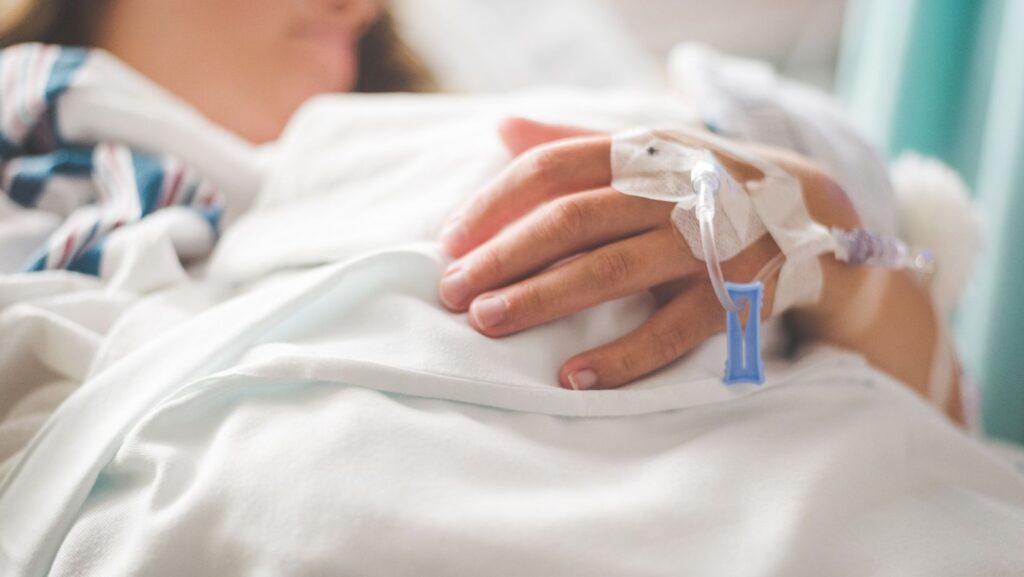Finding the right stroke rehabilitation center in Lafayette, LA feels easier when you understand what recovery can look like, how teams collaborate, and which therapies move the needle, because clarity brings confidence during a stressful season. Lafayette’s blend of medical resources and supportive community culture sets the stage for compassionate, evidence-guided care, which means patients and families can focus on progress rather than logistics. This guide walks through the essential pieces so you can compare options with a calm, informed mindset.
What Does Stroke Rehabilitation Look Like Day to Day?
A typical rehab day balances intensity with rest, since brains recovering from stroke benefit from frequent, structured practice alongside protected time for consolidation. Mornings often start with mobility work or speech practice, then move into task-specific training such as transfers, gait, or hand function, and the afternoon may include cognitive drills or community re-entry tasks that simulate real life. The cadence is purposeful, because consistent repetition at tolerable challenge levels helps rewire neural pathways while minimizing fatigue.
The Team Behind Recovery
Stroke rehabilitation is rarely a solo effort, which is why the best programs operate like orchestras with a clear conductor. Physicians, rehab nurses, physical therapists, occupational therapists, and speech-language pathologists contribute different strengths, while social workers, dietitians, neuropsychologists, and recreational therapists round out whole-person care. When communication flows and goals align, patients see steadier gains and families feel less overwhelmed.
Which Therapies Make the Biggest Difference?
Physical therapy targets balance, strength, and gait quality, using task-oriented practice to improve walking safety and endurance in real-world environments. Occupational therapy focuses on daily activities such as dressing, bathing, cooking, and upper-limb recovery, integrating cognitive strategies that make tasks safer and more efficient at home. Speech-language therapy addresses language, cognition, voice, and swallowing, using targeted drills and compensatory tools so patients can communicate clearly and eat more comfortably.
Beyond discipline-specific work, high-value programs weave in constraint-induced movement therapy, functional electrical stimulation, and treadmill training with body-weight support when appropriate. These approaches leverage neuroplasticity through intensity and specificity, which can translate into better arm function, steadier gait mechanics, and safer community mobility.

How Do You Choose the Right Level of Care?
Levels of care typically include inpatient rehabilitation, skilled nursing rehabilitation, outpatient therapy, and home health, and the right fit depends on medical stability, endurance, caregiver support, and safety at home. Patients who tolerate three hours of therapy daily and need frequent physician oversight often benefit from inpatient rehab, while those with lower tolerance or complex nursing needs may begin within a skilled nursing setting before stepping down. Once home is safe and medical needs are predictable, outpatient therapy or home health can continue focused gains without unnecessary hospitalization.
A practical way to decide is to ask about admission criteria, intensity expectations, and discharge planning on day one, because transparency early on prevents stalls later. When teams measure function at baseline and set weekly goals tied to objective tests, families can track progress and advocate for the right transition at the right time.
Technology, Tools, and Measurable Progress
Modern programs in Lafayette increasingly use robotics, sensor-based gait labs, therapy apps, and virtual reality platforms to reinforce high-quality repetitions while capturing objective data. Wearables and validated outcome measures such as the Berg Balance Scale, Timed Up and Go, and functional independence scores help teams show change over time, which is motivating for patients and clarifying for payers. When you can see numbers moving in the right direction, decision-making about the next step becomes more straightforward.
What About Life Beyond the Hospital?
A strong center starts discharge planning early, identifying home barriers, training caregivers, and coordinating durable medical equipment so nothing delays momentum. Home safety evaluations may recommend grab bars, shower seating, handrails, or simple furniture changes that reduce fall risk without expensive renovations. Clear instructions for medications, exercise carryover, and follow-up appointments keep recovery organized, while community resources such as stroke support groups and adaptive fitness classes provide encouragement and accountability.
How Do Insurance and Costs Work?
Coverage varies by plan and level of care, so it helps to ask for a benefits check before admission and to request plain-language explanations of copays, deductibles, and visit limits. Case managers can outline likely scenarios based on prior authorization rules, then help appeal decisions when medical necessity supports a higher level of intensity. Keeping a written log of approvals, dates, and contacts makes it easier to resolve issues quickly if something changes mid-stay.
Community and Culture Matter in Acadiana
Rehab thrives when care respects culture, language preferences, food traditions, and family routines, because patients heal faster when daily life feels familiar. Lafayette’s community spirit often shows up in practical ways, from neighbors organizing meal trains to local gyms offering adaptive classes, and those touchpoints can sustain motivation long after discharge. Ask centers how they incorporate family training and community re-entry, since real-world practice is where confidence grows.
Ready To Explore Your Options in Lafayette?
Start with your physician’s referral, then call a few programs to compare evaluation timelines, therapy intensity, outcome tracking, and caregiver training, since these factors drive meaningful progress. Visit if possible, observe a therapy gym in action, and ask patients or families about communication, scheduling, and how quickly issues are solved, because the day-to-day experience often predicts satisfaction. With a clear picture of goals, support at home, and the services each program offers, you can choose a stroke rehabilitation center in Lafayette that feels both capable and compassionate, and that balance is exactly what recovery deserves.
